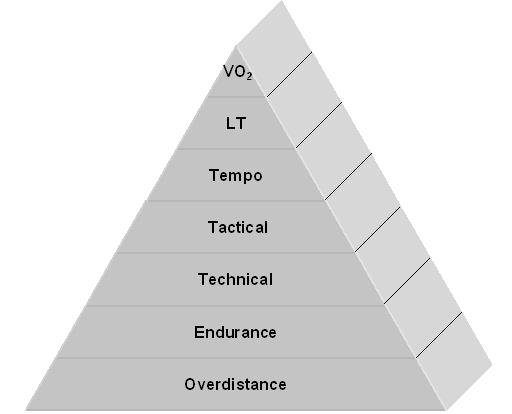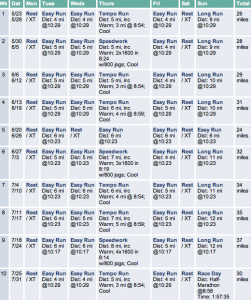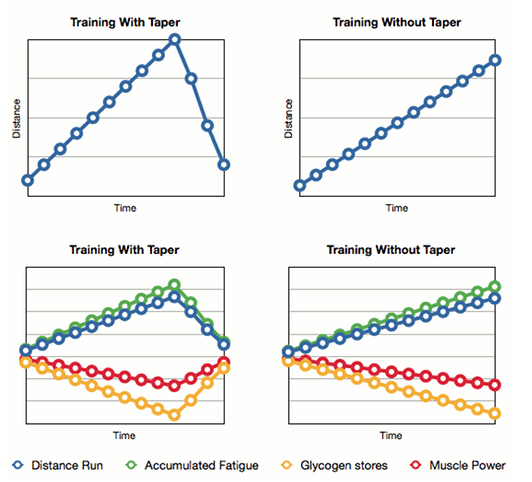Is It Bad to Run Everyday?
There’s something very appealing about knocking out a daily run. It doesn’t have to be intense and most people feel pretty good about themselves after any run. Whether it’s a quick 1-miler around the block, a short interval, or a hill repeat – putting in the time for that activity, however brief, feels rewarding. But, I’ve been really careful about pursuing it. Instinct tells me that I need that rest day for my muscles to recover and rebuild.
I’d venture a guess that most runners are fairly casual about their running. They don’t follow training plans and they run for maintenance. For runners that do train for competitive reasons, they tend to follow one of two types of training routines: linear periodization or non-linear periodization. Both refer to a series of training cycles that build up towards a peak.
People that jump in to marathon training for the first time generally follow the non-linear route, whereas runners with more time on their hands might opt for linear periodization. Both types of training stresses a very important piece of advice: finding the right balance of quantity and quality is the key to reaching peak running performance. So, it’s not necessarily bad to run everyday, but it might be harder to include quality speedwork and long distance training if your body isn’t getting enough rest.

Followers of linear periodization would argue that running is like a pyramid. The larger the base, the higher the peak. The base is your mileage. The idea is to put in 2-3 months of work into building that up, followed by several weeks of hill training and strength conditioning, before finally tackling speedwork and pushing your lactate threshold.
The problem with this type of training is that each phase is often seen as mutually exclusive. The focus goes from strength to speed (or aerobic to anaerobic). Although, I should note that linear periodization doesn’t imply that you’re dropping your base mileage completely as you progress. The total mileage will probably be less while you’re speed training, but the drop in mileage should be gradual. You can’t really skimp on logging the miles 😉
On the other hand, non-linear periodization combines all the different cycles and introduces high-intensity work for the duration of training. When you look at most half or full marathon training plans, you’ll notice that they mix up speed training with the long-distance runs. Ideally, there’s always that balance between quantity and quality, but most beginners hit a wall during this type of training and end up feeling too tired or too sore so they’ll skip a few training days. And, this is while having at least one or two rest days a week!
Training should never get to the point where you stop looking forward to your next run. If it does, then you might be doing something wrong or, perhaps, you need to change something in your running routine – keep it interesting. If running everyday doesn’t make you feel tired and your legs are fine, then you’re probably okay to keep running.
More sources on periodization:



